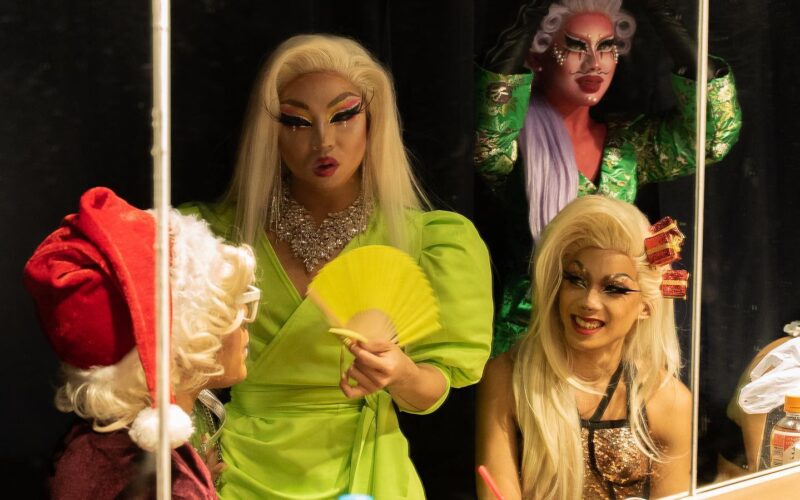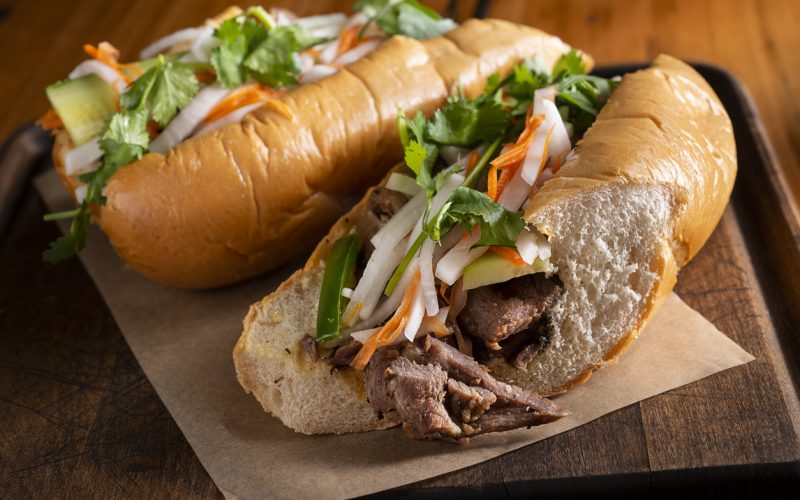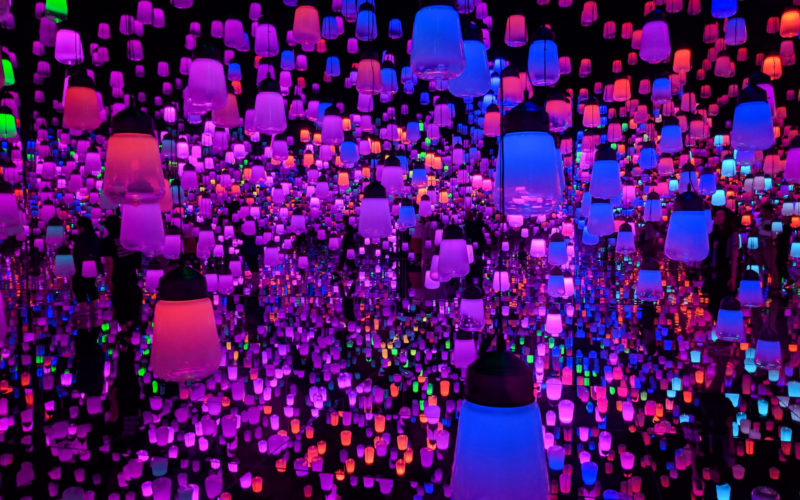Nihonbashi
Visit the historic heart of Edo-Tokyo, home to Japan’s oldest department store, the famous bridge with the country’s Kilometer Zero point, and much more.
Part of Tokyo’s original downtown Shitamachi area, Nihonbashi was once the center of life in Japan. All roads — or at least the country’s five major ones — literally led here. The titular bridge that gives Nihonbashi its name (meaning “Japan Bridge”) still holds the marker used to measure distance to the capital.
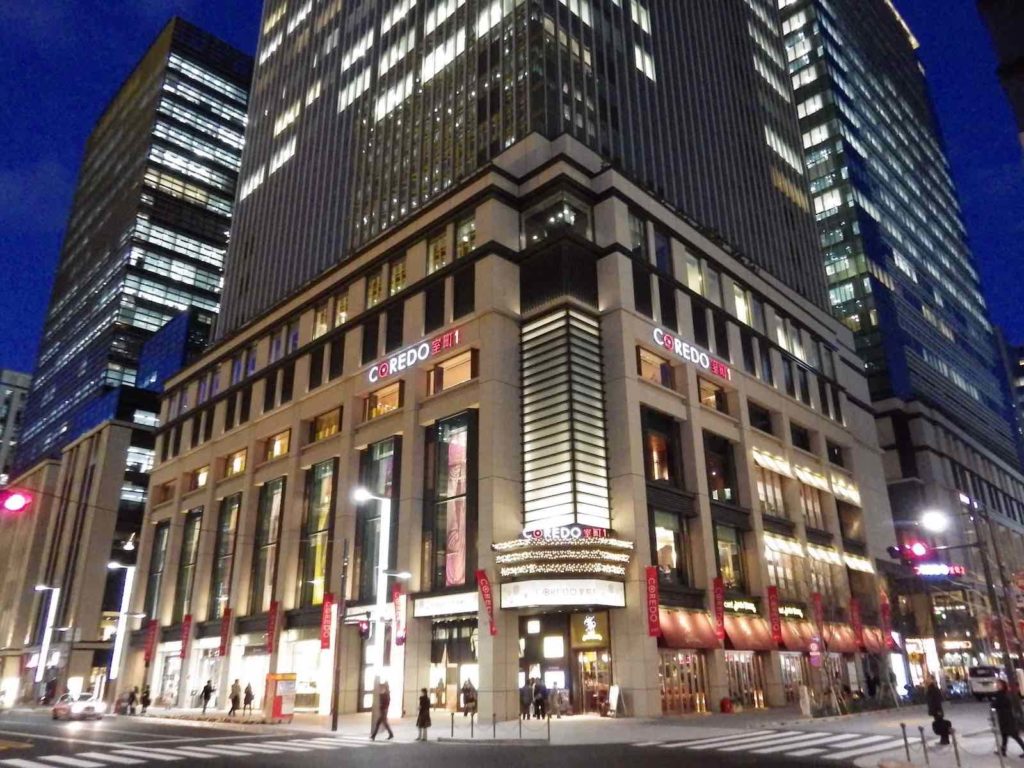
Photo by: Joshua Meyer The Coredo Muromachi 1 building.
Though districts like Shinjuku and Shibuya may have overtaken Nihonbashi in the modern day, it’s still a great hub of culture, entertainment, shopping, and business. This is where Mitsukoshi Department Store and the newer, equally swanky Coredo Muromachi complex are located. It’s also where you’ll find the Tokyo Stock Exchange, though the trading floor has long since closed in favor of a computer pit and museum.
Nihonbashi Bridge
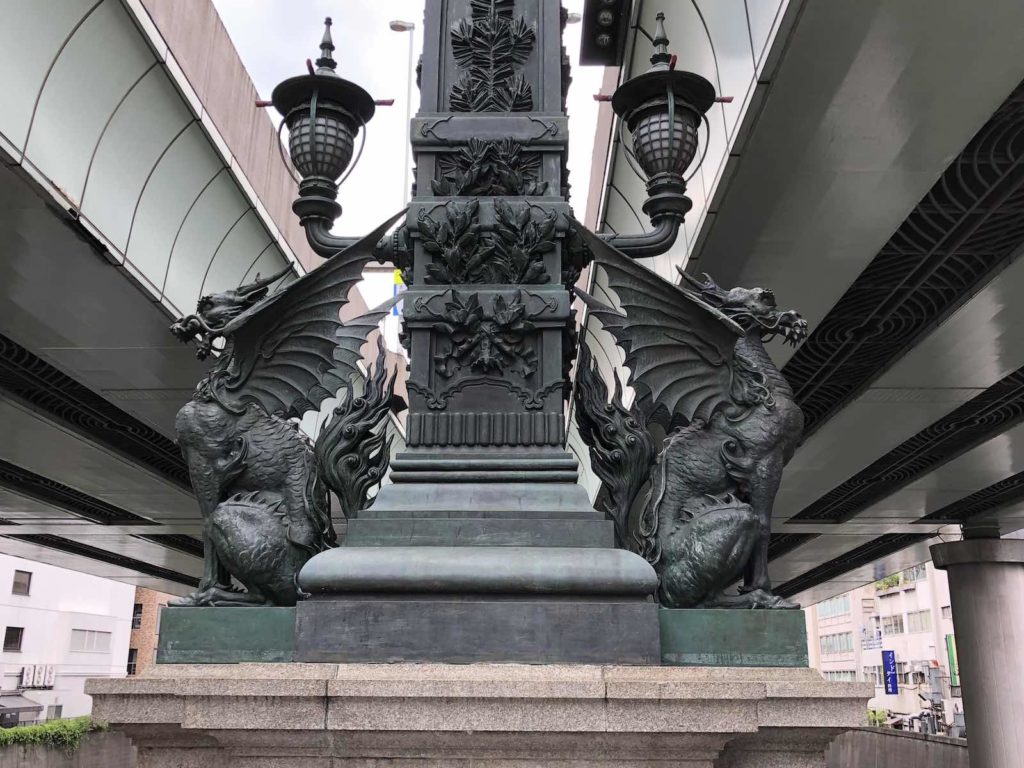
Photo by: Joshua Meyer Kirin statues on Nihonbashi Bridge. Photo by Joshua Meyer.
A stone bridge with twin arches that span the Nihonbashi River, the current Nihonbashi Bridge is over a century old. The Edo-Tokyo Museum houses a life-size replica of the original wooden bridge, which was completed in 1603, the first year of the Edo period.
Since the 1964 Tokyo Summer Olympics, Nihonbashi Bridge has had an expressway running over it. This disrupts the bridge’s open-air view, which has been immortalized in Japanese woodblock prints. Plans are now in motion to move the expressway underground after the 2020 Olympics.
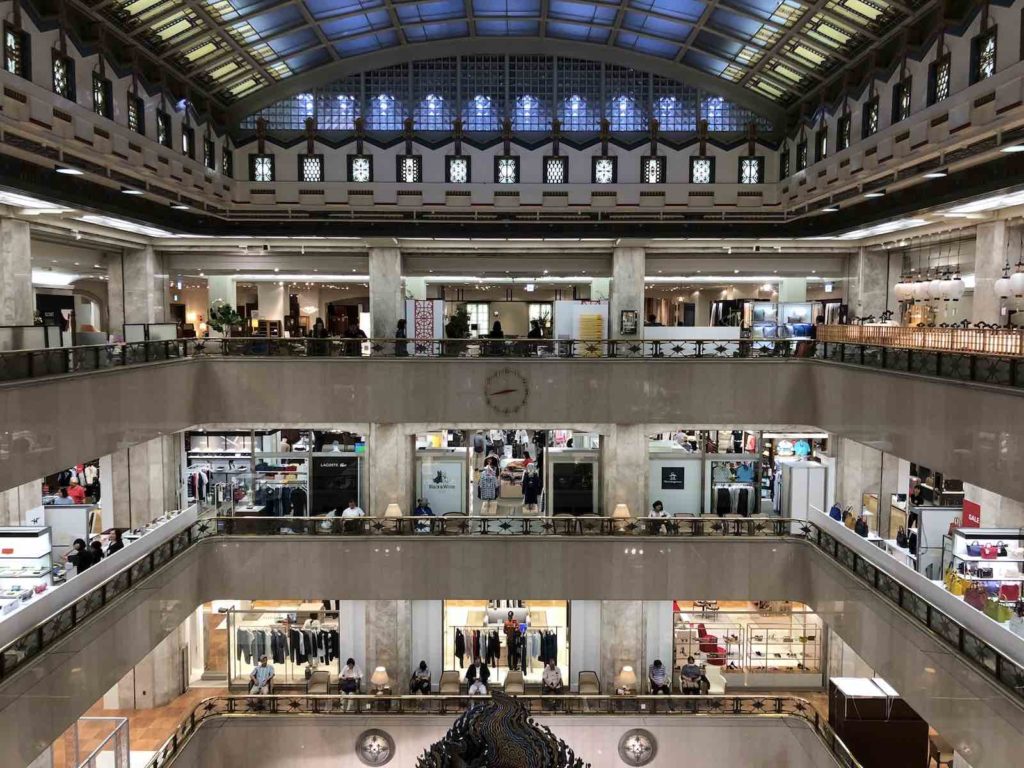
Photo by: Joshua Meyer The atrium inside Mitsukoshi Department Store.
In the meantime, the bridge is beautifully adorned with statues of leonine shishi and dragon-like kirin, two mythical creatures that serve as symbols of protection and prosperity. Japan’s Kilometer Zero is located in the middle of the street on the bridge. However, there is also a monument on the sidewalk.
The fish market that became Tsukiji was once situated in Nihonbashi. Cruise boats departing from a pier next to the bridge will take you out past there to Tokyo Bay.
Mitsukoshi Department Store
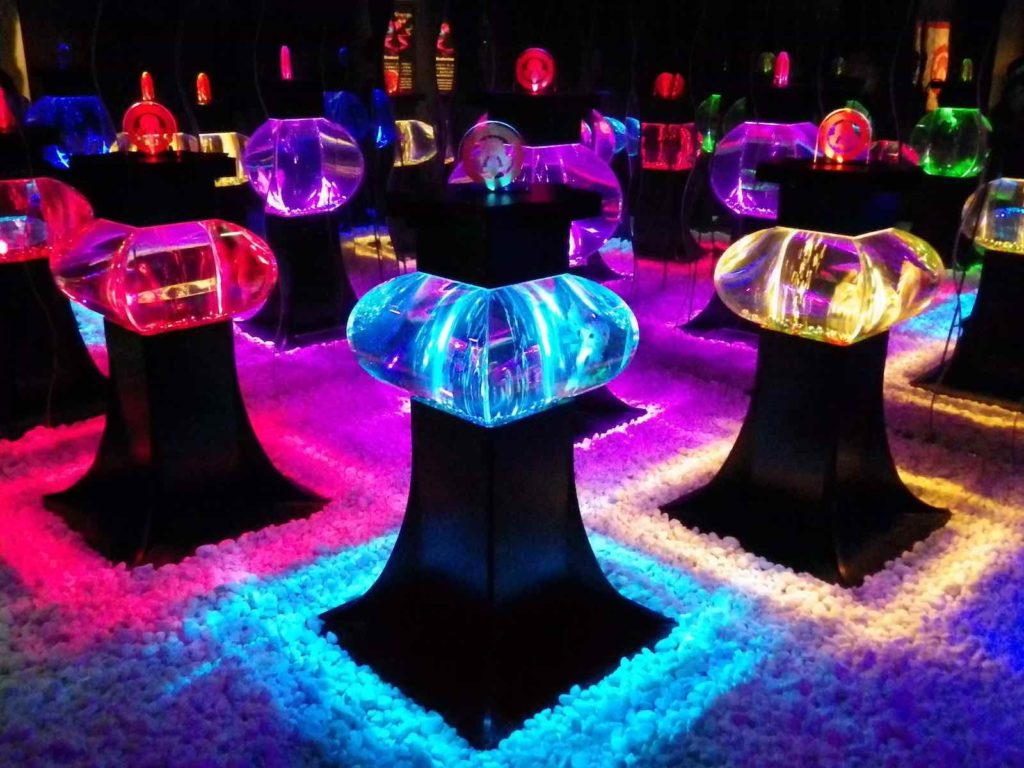
Photo by: Joshua Meyer Installation at Art Aquarium 2014. Photo by Joshua Meyer.
Mitsukoshi is Japan’s oldest department store. It started as a kimono shop and eventually grew into the headquarters of an international chain. The store’s founder also provided the namesake for Mitsui, one of the world’s largest corporate groups.
Mitsukoshi’s main entrance is flanked by bronze replicas of the lions in London’s Trafalgar Square. The store’s stunning atrium stretches up through seven floors.
There are plenty of other shopping options in Nihonbashi, such as a branch of the Takashimiya department store, Coredo Nihonbashi, and the three Coredo Muromachi buildings. Coredo Muromachi 1 is where the popular Nihonbashi Art Aquarium is held every summer. The nearby dinner theater Suigian hosts authentic Noh-kyogen performances.
Topics: art and design, Cities, Nihonbashi, shopping, tokyo, tokyo neighborhoods
